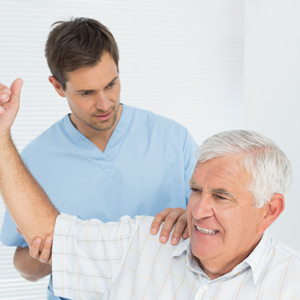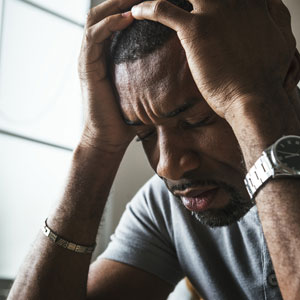
This time in PT News we recap what our clinics have been posting throughout August 2019. We are excited to begin a new year of new posts featuring published articles from PTandMe partnering clinics!

1. Physical Therapy Direct Access is Coming to Texas
Written by Momentum Physical Therapy with multiple locations throughout Greater San Antonio.
Starting September 1, 2019, it will be easier to get Physical Therapy in Texas, thanks to local San Antonio State Representative, Ina Minjarez (D) who drafted HB29, a handful of other State Reps who co-sponsored the bill, the Texas Medical Association, and the Texas Orthopedic Association. Read more

2. Get Your Housework(Out) Done!
Written by Rebound Physical Therapy, an outpatient physical therapy practice with locations throughout Bend, OR and the surrounding communities.
Let’s get honest for a second though and realize not all moments are adventure packed (at least for your average community member). Here are some fantastic ways to make even the down time productive and moving you in a healthy direction… and you get the chores done! Read more

3. Ability Rehabilitation Played Key Role at AEW’s Two Florida Based Events
Written by Ability Rehabilitation an outpatient physical therapy practice with locations throughout Greater Tampa and Orlando.
Florida-based Ability Health Services & Rehabilitation worked closely with All Elite Wrestling (AEW) to provide athletic training and physical therapy care to the wrestlers at the recent FYTER FEST and FIGHT FOR THE FALLEN events, which both took place last month in Daytona Beach and Jacksonville, respectively. Read more
Find these locations and others to start feeling better today!













